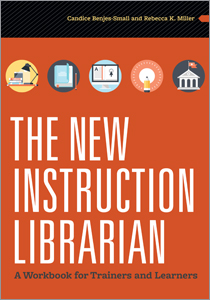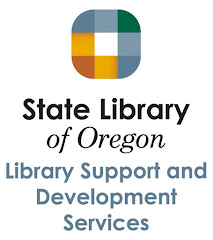The New Instruction Librarian: A Workbook for Trainers and Librarians, by Candice Benjes-Small and Rebecca K. Miller. ALA Editions, 2017. 978-0-8389-1456-4.
Publisher's Description
The sheer amount of resources on the subject of information literacy is staggering. Yet a comprehensive but concise roadmap specifically for librarians who are new to instruction, or who are charged with training someone who is, has remained elusive. Until now. This book cuts through the jargon and rhetoric to ease the transition into library instruction, offering support to all those involved, including library supervisors, colleagues, and trainees. Grounded in research on teaching and learning from numerous disciplines, not just library literature, this book:
- shows how to set up new instruction librarians for success, with advice on completing an environmental scan, strategies for recruiting efficiently, and a training checklist;
- walks readers step by step through training a new hire or someone new to instruction, complete with hands-on activities and examples;
- explores the different roles an instruction librarian is usually expected to play, such as educator, project manager, instructional designer, and teaching partner;
- demonstrates the importance of performance evaluation and management, including assessment and continuing education, both formal and informal; and
- provides guided reading lists for further in-depth study of a topic.
Check out this book’s Web Extra now!
More Information
See the publisher's website for Table of Contents and information about the authors.











